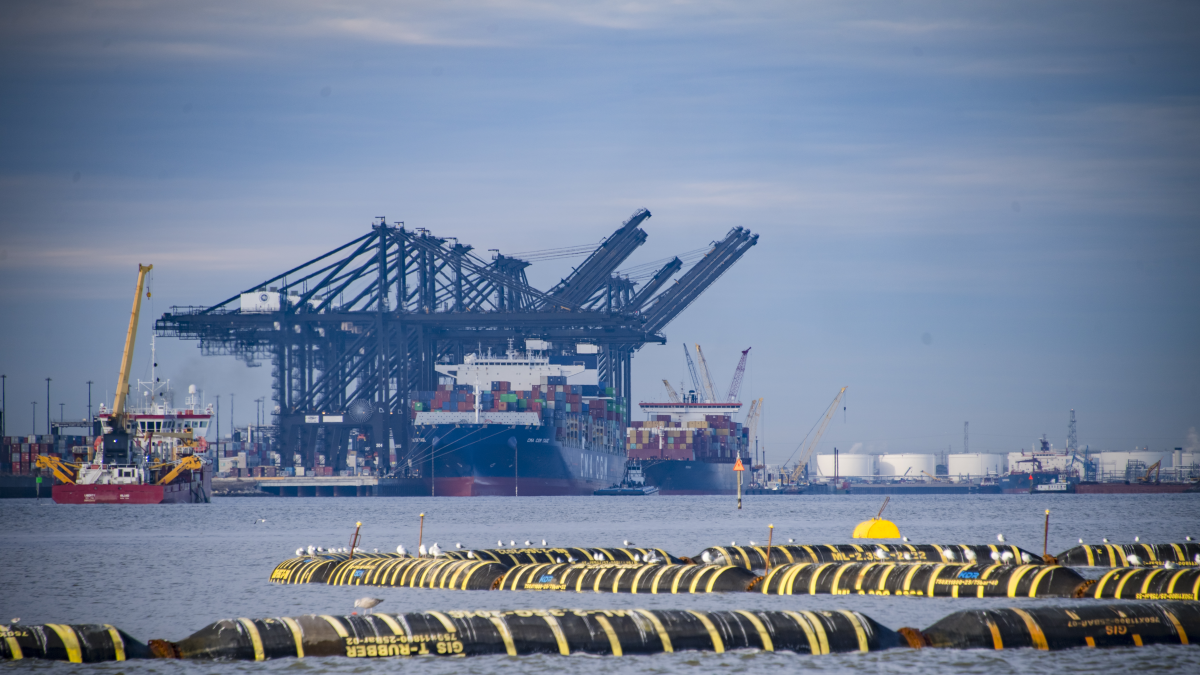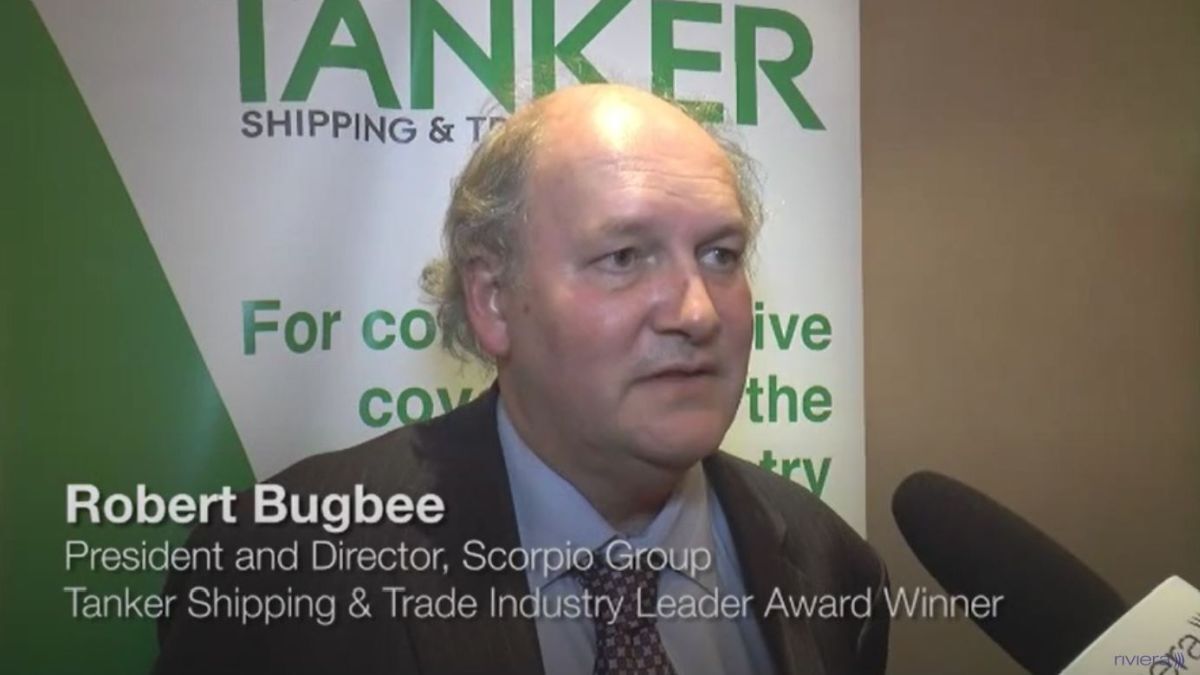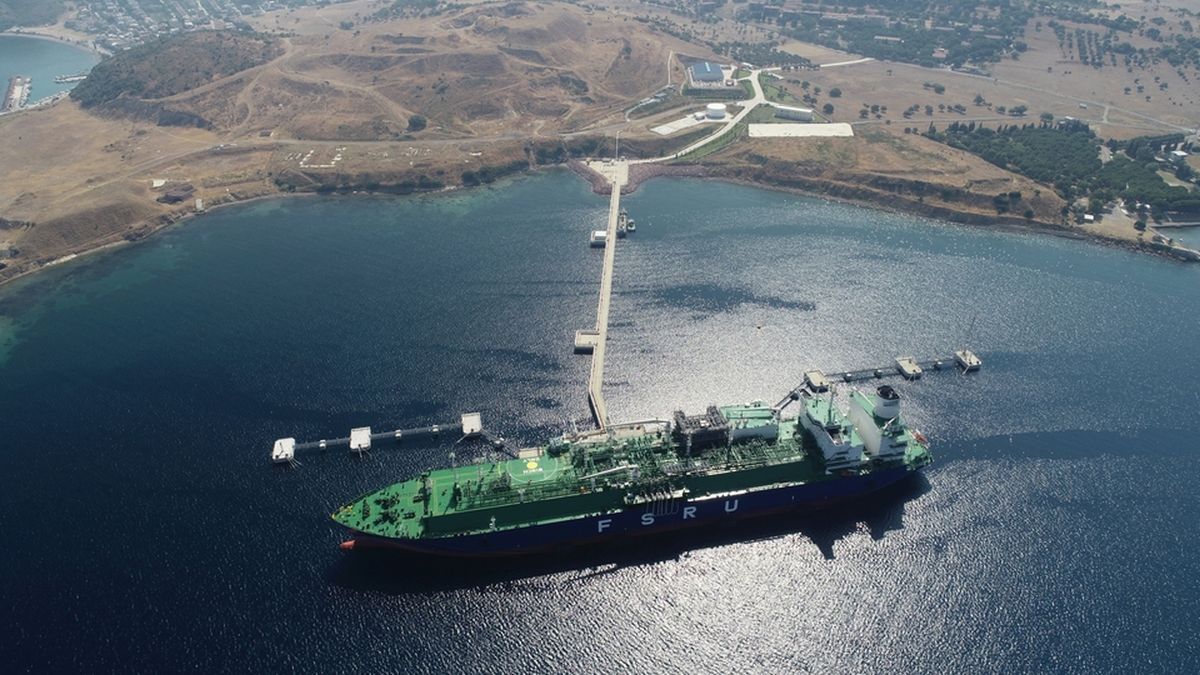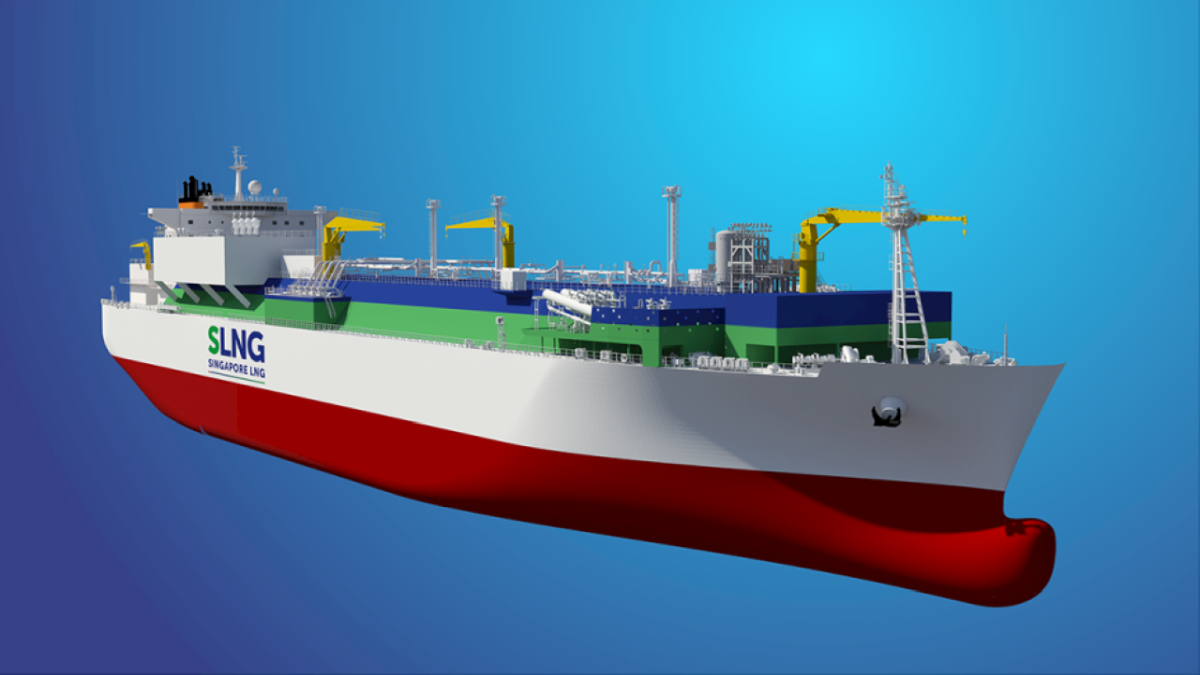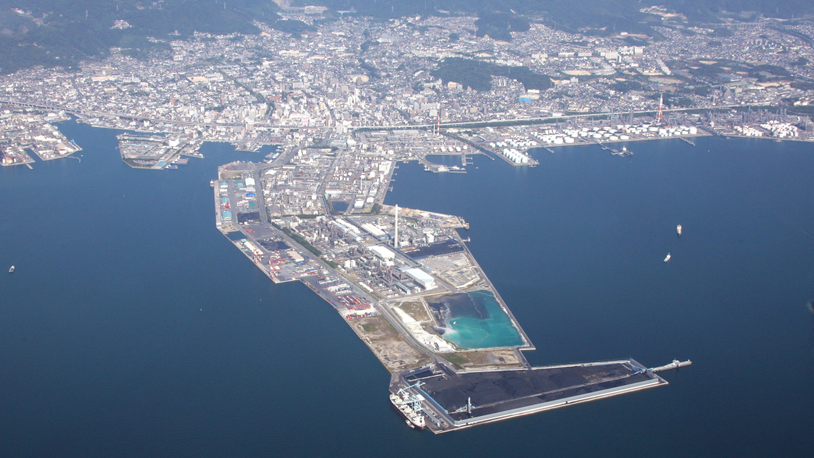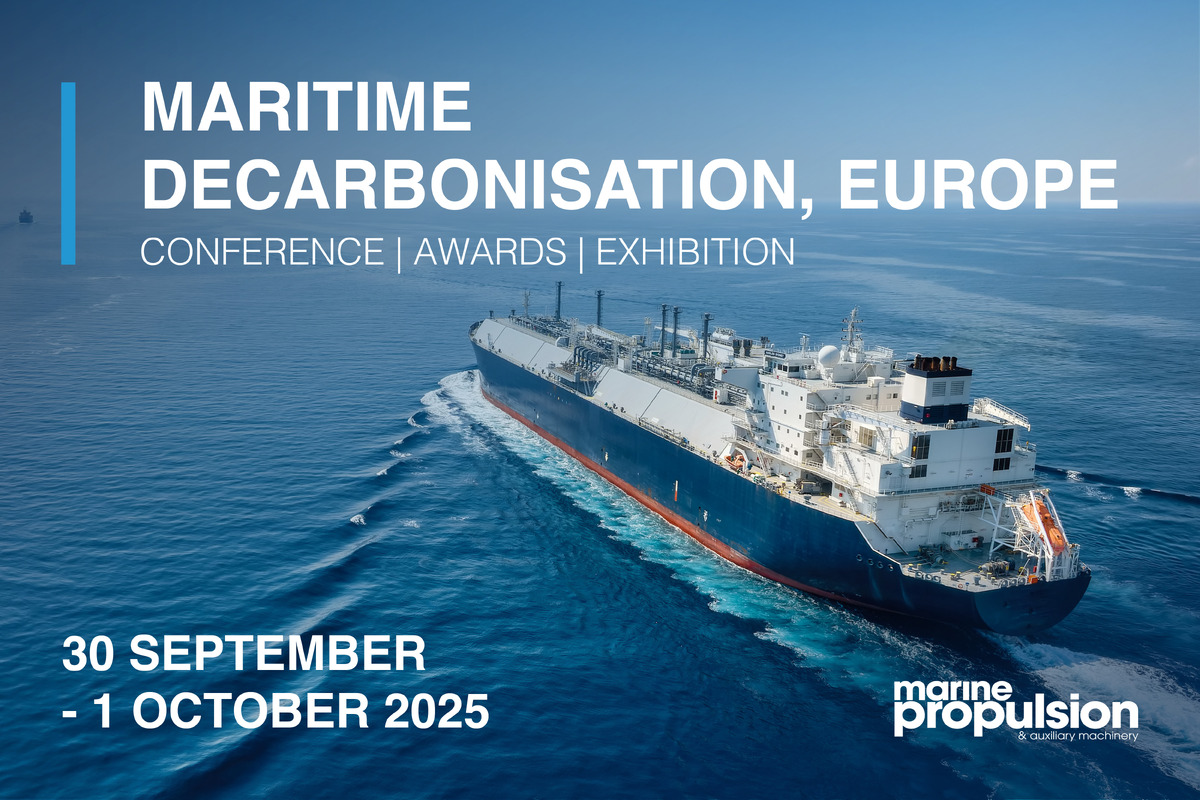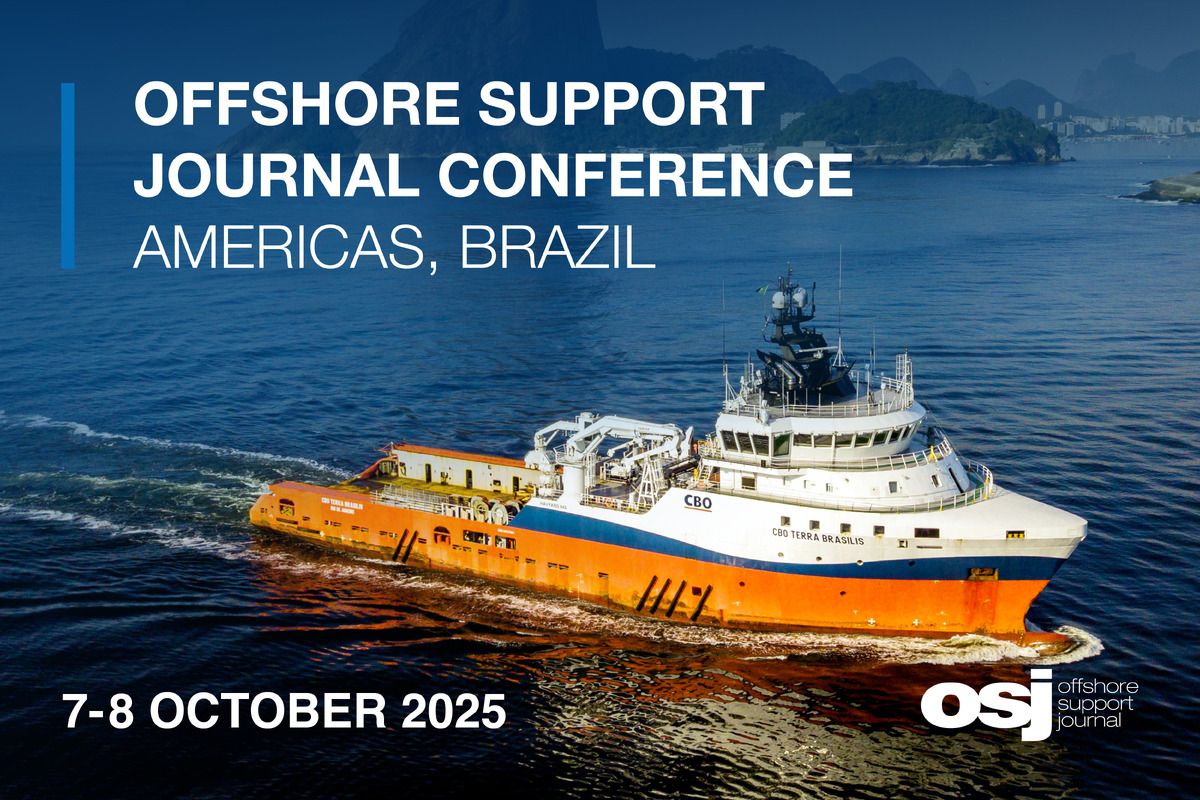Business Sectors
Events
Offshore Wind Webinar Week
Contents
Register to read more articles.
VPS: mitigating the risks of bad bunkers
A VPS paper highlights key steps and tests to reduce the risk of bad bunkers and the potential harm they can cause to a vessel
Bad bunkers can significantly impact vessel operations, necessitating intervention from the crew and in some cases result in operational failure - varying from operational damage through to loss of power and subsequently loss of propulsion. Mitigating the impact of bad bunkers can help to prevent damage to a vessel’s equipment and protect the safety of those on board and the environment. Bad bunkers can lead to fuel stability problems, chemical contamination and poor cold-flow properties. Let’s examine key steps that can be taken to avoid the risk of receiving bad bunkers.
Bad bunkers refer to fuel of substandard quality, which can lead to operational disruptions and challenges in fuel management. Common fuel-quality concerns include poor stability, chemical contamination, corrosive tendencies, poor combustion and poor cold-flow characteristics. Thorough testing of bunkered fuel prior to putting it in operation is highly advantageous as it reveals potential issues inherent in the fuel. This data often enables proactive measures to mitigate the risk of operational complications stemming from such fuel.
While the general quality of bunker fuel has been consistent over recent years, it is important to note that off-specification fuel statistics are typically based on the criteria outlined in Table 1 and 2 of ISO 8217 standard. There have been numerous occasions when bunker fuel meeting these criteria has proven to be unsuitable for onboard use due to its poor quality and on several occasions has caused catastrophic failures. This necessitates additional testing methodologies such as GCMS, WAT/WDT, and Reserve Stability Number to accurately assess fuel quality.
The increase in reported operational issues stemming from contaminated fuels, which often elude detection through routine ISO 8217 testing, has experienced a notable uptick in recent years. This trend can be attributed, at least in part, to the drive towards decarbonisation, notably spurred by initiatives such as IMO 2020. Consequently, fuel suppliers are increasingly experimenting with a diverse range of feedstocks to serve as blend components in conventional fossil fuels.
“Thorough testing of bunkered fuel prior to putting it in operation is highly advantageous”
As the world’s largest marine fuel quality testing company, covering 50% of all fuel testing, VPS can offer valuable insights and advice in relation to poor quality and contaminated fuel. Proactive, pre-burn, fuel testing on a regular basis is a highly recommended approach to mitigating risks to vessel operations, crew safety and environmental impact. The typical off-specification parameters associated with engine failure are usually pour point, total sediment potential, cat-fines or water content. While the International Marine Fuel Quality standard, ISO8217, includes these test parameters, it is certainly a more diligent and wiser approach, to consider a fuel’s overall stability, cold-flow properties, chemical contamination and potential corrosivity.
Fuel Stability
Both high-sulphur fuel oils (HSFOs) and very low-sulphur fuel oils (VLSFOs) can suffer with varying degrees of instability due to thermal-aging and over-heating, high sediment content, or chemical contamination. Instability usually manifests itself through sediment formation, which can in turn, block onboard filters and pipework, potentially then starving an engine of fuel.
ISO8217 includes the Total Sediment Potential (TSP) test, which is a good indicator of the amount of sediment which may be potentially produced in relation to a fuel’s stability. However, additional tests such as Total Sediment Accelerated (TSA), a deliberate fuel-aging test, Total Sediment Existent (TSE), a measure of fuel cleanliness and the determination of a fuel’s stability reserve, via Separability Testing, to measure the fuel’s capacity to hold long chain asphaltenes within the fuel solution, can provide much more information regarding fuel-stability determinations.
Separability Number is an excellent accompaniment to the routine hot filtration methods. It can identify potentially troublesome unstable fuels even when the Hot Filtration Test methods indicate a low sediment content.
Chemical contamination
Over the years, chemical contamination of marine fuels has resulted in many onboard operational issues, with numerous chemicals and chemical groups being identified as the cause. Major widespread contamination events include Houston (2018), with over 200 vessels damaged due to a potential phenolic contamination, Singapore (2022) where 80 vessels were affected by chlorinated hydrocarbons within the fuel and ARA (2023) where around 20 vessels suffered issues due to a cocktail of styrenes and dienes within the fuel.
Risks from chemical contamination of fuel can be significantly mitigated through pre-burn screening of fuels using VPS Chemical Screening Service. This low-cost test, utilising Gas Chromatography Mass Spectrometry (GCMS) analysis, will warn of the presence of over 70% of all volatile chemicals within fuel. With both VLSFO and HSFO we continued to see cases of vessel damage due to chemical contamination in 2023. Focusing specifically on the VPS GCMS-Head Space Chemical Screening service, as a damage prevention service, 19.9% of applicable marine fuel samples received by VPS since 2018 have undertaken this rapid, pre-burn protection service, with an average 8% of samples tested, giving rise to a “Caution” result, indicating the presence of at least one chemical contaminant and thus the notified vessel has avoided any damages.
In April 2023, a Singaporean-owned chemical and product tanker bunkered 415 tonnes of VLSFO in Houston. The vessel began to burn the fuel in May and quickly began to experience numerous issues with the auxiliary and main engines, such as exhaust gas deviating temperatures and the wearing of fuel pumps and plunger barrels. In addition, problems such as start-failure due to insufficient fuel injection, pressure build up, as well as worn out and leaking fuel pumps occurred.
Of greater concern was the complete engine stoppage on route to the next US port, when the main engine failed. Multiple attempts were made to start the engine, all without success.
Subsequent VPS forensic laboratory testing, utilising a proprietary Gas Chromatography Mass Spectrometry (GCMS) Acid Extraction methodology, detected the presence of several phenols and fatty acid compounds within the fuel.
The vessel initiated the necessary repairs to both auxiliary and main engine fuel pumps, at a total spares cost of US$200,000. In hindsight, the vessel owner stated pre-burn screening would have helped significantly in avoiding such damages and costs.
Cold-flow properties
The cold-flow properties of fuels are also important to monitor closely, especially when sailing in colder temperature regions. The pour point of HSFOs, VLSFOs and MGO fuels, should always be monitored when colder climates are encountered. Pour point was the most common MGO off-specification parameter in 2023, with 36.6% of MGO off-specs attributed to pour point. However, prior to reaching the pour point of MGO fuel, its cloud point and cold-filter plugging point behaviour offer earlier warning-signs of potential cold-flow issues, relating to wax precipitation from the fuel. It is key fuel management practice to measure these two cold-flow parameters within MGO distillates.
VLSFO fuels have a higher paraffinic content than HSFO and therefore, have a greater potential to precipitate wax, which can cause filter and pipework blockages, which can ultimately starve an engine of fuel. As VLSFOs are dark fuels, the cloud point cannot be seen, as it can with a distillate fuel. Therefore in 2019, VPS developed a proprietary test method to measure the Wax Appearance and Wax Disappearance Temperatures of VLSFOs.
*Editor’s note: This article is an abbreviated version of a paper by VPS Group commercial director, Steve Bee, VPS chief executive, Malcolm Cooper, and VPS group science and technical manager, Stanley George.
VPS will be presenting on biofuel applications in maritime decarbonisation and participating in a panel discussion on decarbonisation topics at the upcoming Maritime Decarbonisation, Europe: Conference, Awards & Exhibition.
Just ahead of IMO’s closely-watched meeting of the Marine Environment Protection Committee (MEPC 82), Riviera will hold its Maritime Decarbonisation, Europe: Conference, Awards & Exhibition from 24-25 September 2024 in Amsterdam.
Related to this Story
Events
Offshore Wind Webinar Week
Maritime Decarbonisation, Europe: Conference, Awards & Exhibition 2025
Offshore Support Journal Conference, Americas 2025
© 2024 Riviera Maritime Media Ltd.


